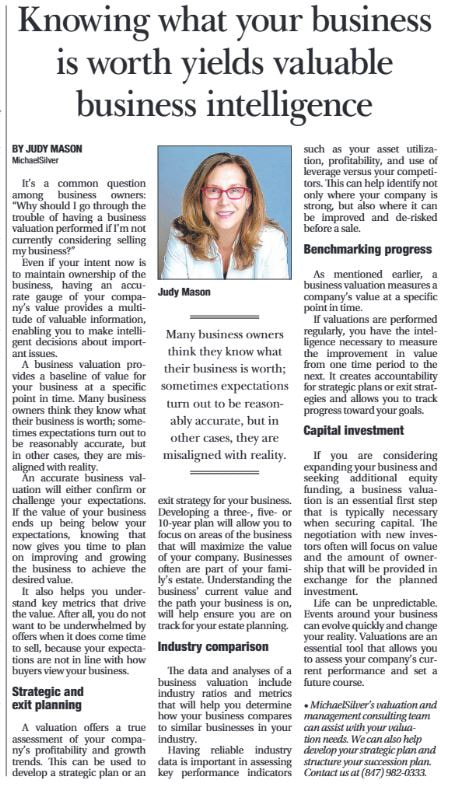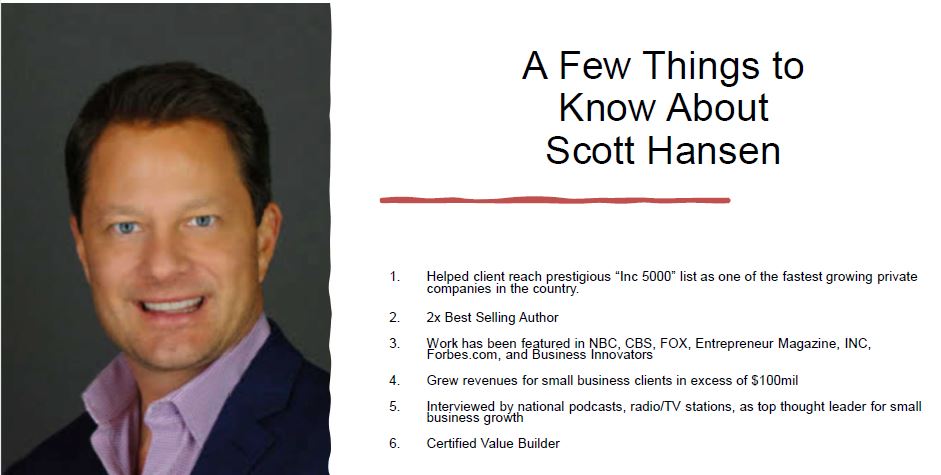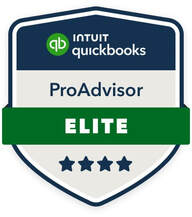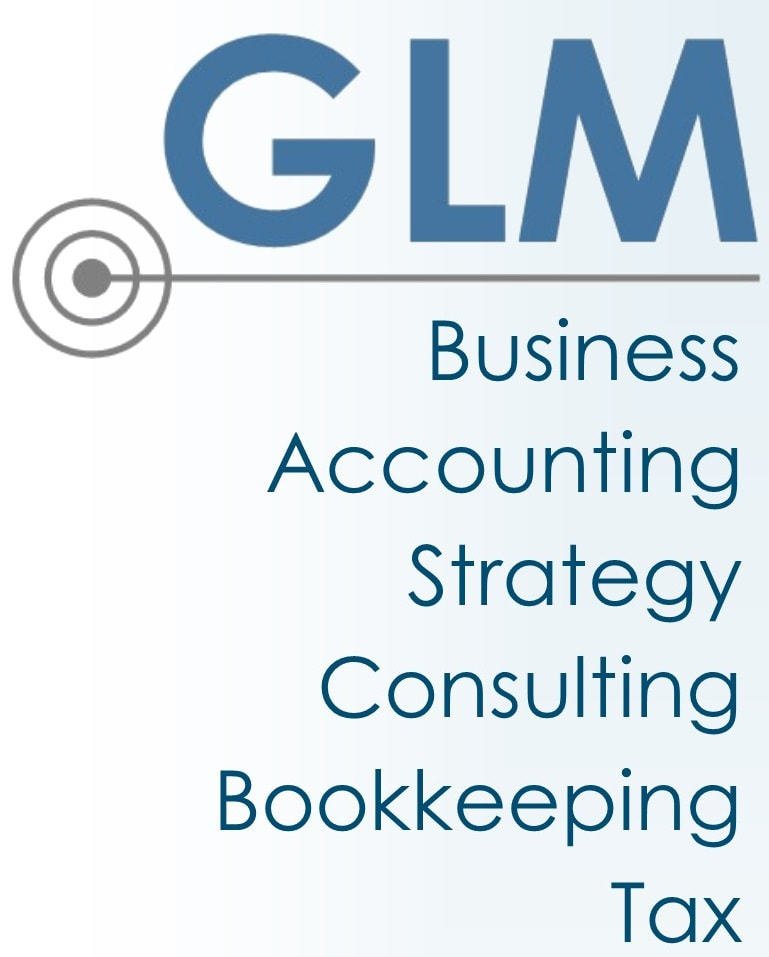Introduction:
In the dynamic landscape of entrepreneurship, business valuation is often associated with the process of selling a business. However, its significance extends far beyond the realms of potential transactions. Entrepreneurs and business owners can reap a multitude of benefits by understanding the importance of getting a business valuation, even if selling the business is not on the immediate horizon.
1. Strategic Decision-Making:
A comprehensive business valuation provides a detailed assessment of the company's assets, liabilities, and overall financial health. Armed with this knowledge, business owners can make informed strategic decisions. Whether it's expanding operations, acquiring new assets, or restructuring debt, a valuation acts as a strategic compass, guiding decision-makers toward choices that align with the company's financial reality.
2. Financial Planning and Management:
Business valuations offer a snapshot of the company's current financial standing, enabling owners to develop effective financial plans. This includes budgeting, resource allocation, and setting realistic financial goals. By understanding the value of the business, owners can optimize their financial management practices, ensuring long-term stability and growth.
3. Shareholder and Partnership Matters:
For businesses with multiple stakeholders, a valuation is crucial in managing shareholder expectations and resolving partnership issues. It establishes a fair market value, facilitating discussions about equity distribution, buy-sell agreements, and succession planning. This transparency fosters a healthy business environment and prevents potential disputes.
4. Attracting Investment and Financing:
When seeking external funding or loans, a credible business valuation can significantly enhance the business's credibility in the eyes of investors and lenders. It provides them with a clear understanding of the company's worth and risk profile, making it more appealing for potential investment or financial support.
5. Insurance and Risk Management:
Knowing the accurate value of a business is essential for insurance purposes. It ensures that the business is adequately insured against potential risks, such as property damage, liability claims, or unforeseen events. Accurate valuations help determine the appropriate level of coverage, preventing underinsurance or overpayment for unnecessary coverage.
6. Tax Planning and Compliance:
Business valuations play a vital role in tax planning and compliance. Understanding the value of assets and liabilities assists in optimizing tax strategies, taking advantage of applicable deductions, and ensuring compliance with tax regulations. It minimizes the risk of overpayment and helps in maximizing tax efficiency.
Conclusion:
In conclusion, the importance of getting a business valuation extends far beyond the prospect of selling the business. It serves as a powerful tool for strategic decision-making, financial planning, and fostering transparent and healthy business relationships. By regularly assessing the company's value, business owners can navigate challenges, seize opportunities, and unlock the hidden potential within their operations.





 RSS Feed
RSS Feed


